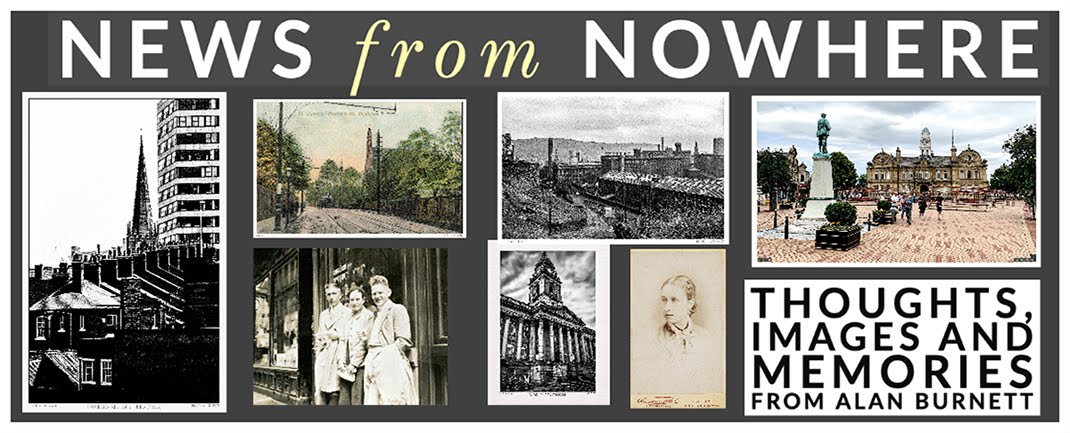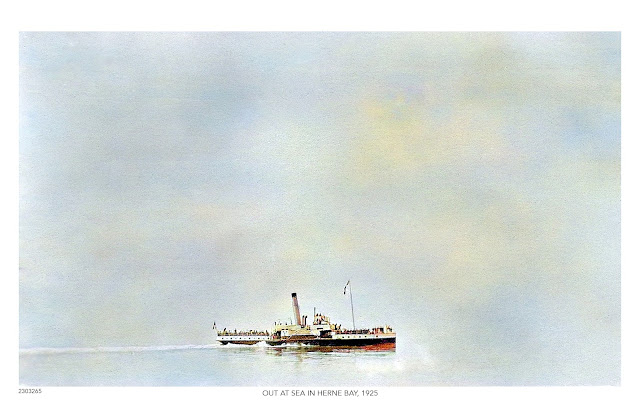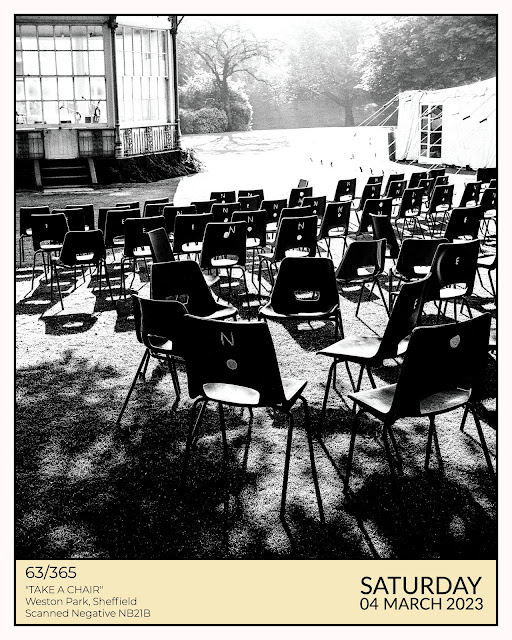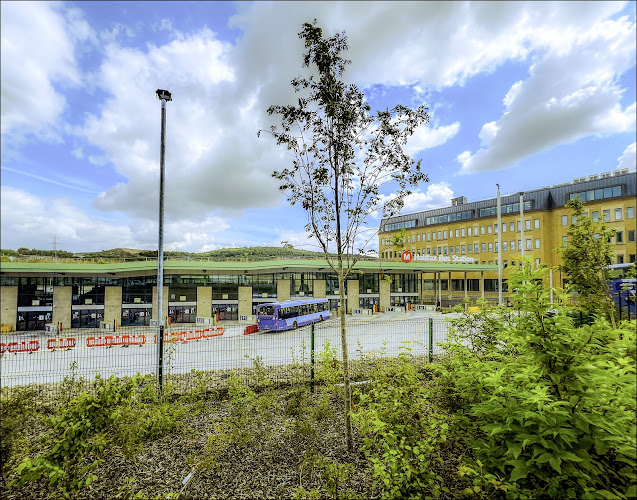The Illustrated London News of the 5th July 1851, includes a detailed description of “the Halifax Court” along with an illustration of the type of goods on display. “The show of goods from Halifax is not large, but it fairly enough represents the industry of the town” …. which …. “dyes yards for all Yorkshire and makes a vast quantity of other articles”. The main exhibitor was clearly James Akroyd, but other Halifax firms had goods on display including William Brown and Hoadley and Pridie (table-cloths); Holdsworth’s (wollen-hangings); and Baraclough & Sons (table covers and printers’ blankets)..
The article concludes with a rather flattering description of the town in the mid-nineteenth century:-
Clothworking first found a place at Halifax in the commencement of the fifteenth century, and, aided by water communication with both Hull and Liverpool, it has risen rapidly since the introduction of the power-loom and the use of mixed fabrics. The town, which is almost entirely built of stone, is prettily situated on a gradually rising ground, in the midst of a group of hills, and the scenery of the neighbourhood is varied and beautiful. The population of Halifax, in 1801, was 63,434; and 1841, 130,743.”



























